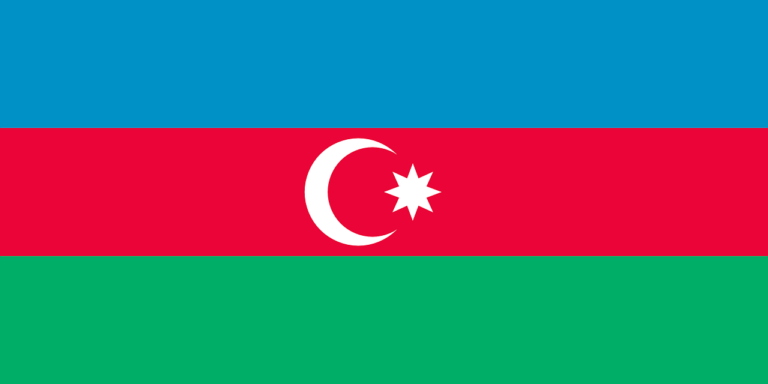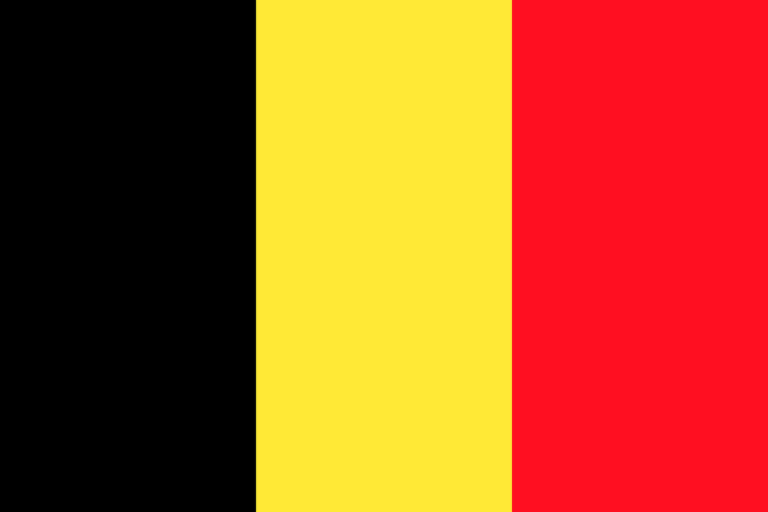Flags serve as powerful symbols of a nation’s identity, values, and history. The national flag of Andorra, with its striking combination of blue, yellow, and red, is a proud representation of the country’s unique heritage, independence, and unity. In this blog post, we will delve into the captivating story behind the Andorran national flag, tracing its origins, symbolism, historical significance, and its enduring importance in contemporary Andorra.
Origins and Evolution:
The Andorran national flag, known as “La Senyera,” consists of three vertical stripes of equal width. The left stripe is blue, the middle stripe is yellow, and the right stripe is red. The flag’s design is derived from the historical arms of the Bishop of Urgell, a key figure in Andorra’s history. Over time, the flag evolved into the iconic tricolor that represents Andorra today.
Symbolism and Meaning:
Each color of the Andorran national flag carries symbolic significance. The blue stripe represents the heavens, freedom, and the country’s commitment to democracy. The yellow stripe symbolizes the sun, spirituality, and Andorra’s connection to nature. The red stripe represents valor, courage, and the willingness of the Andorran people to defend their independence and sovereignty.
Historical Significance:
The Andorran national flag carries historical significance, representing the country’s rich history and struggles for autonomy. Andorra, nestled in the Pyrenees Mountains, has historically been a landlocked country governed by co-princes—the Bishop of Urgell and the President of France. The flag became a symbol of Andorra’s unique position as a sovereign microstate and its determination to preserve its cultural identity and independence.
Contemporary Importance and National Identity:
In present-day Andorra, the national flag holds great importance, serving as a symbol of national pride, unity, and cultural identity. The flag is prominently displayed during national holidays, such as National Day on September 8th, and other significant events, including sports competitions and official ceremonies. The flag represents the shared values, heritage, and aspirations of the Andorran people, fostering a sense of belonging and solidarity.
The Andorran national flag plays a vital role in shaping the national identity of Andorra. It embodies the country’s spirit of independence, cultural diversity, and the harmonious coexistence of its Catalan, Spanish, and French influences. The flag serves as a unifying symbol, reinforcing the collective identity and values that bind the Andorran population together.
International Recognition and Influence:
The Andorran national flag is recognized internationally, representing Andorra’s presence on the global stage. It is proudly displayed at Andorran embassies and consulates worldwide, symbolizing the country’s diplomatic relations and commitment to international cooperation. The flag’s distinctive design and colors have also influenced Andorran art, design, and fashion, serving as an iconic symbol of Andorran identity and style.
The Andorran national flag, with its captivating tricolor of blue, yellow, and red, reflects the country’s unique heritage, independence, and unity. It stands as a symbol of Andorra’s historical struggles for autonomy and its commitment to preserving its cultural identity. The flag fosters a sense of national pride, belonging, and unity among the Andorran people, transcending linguistic and cultural differences. As Andorra continues to evolve, the national flag will remain an enduring emblem, representing the country’s cherished values, rich heritage, and its esteemed place in the global community.






